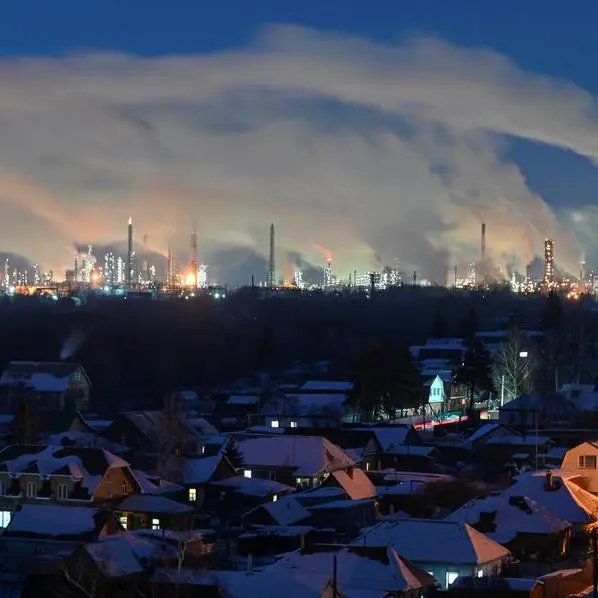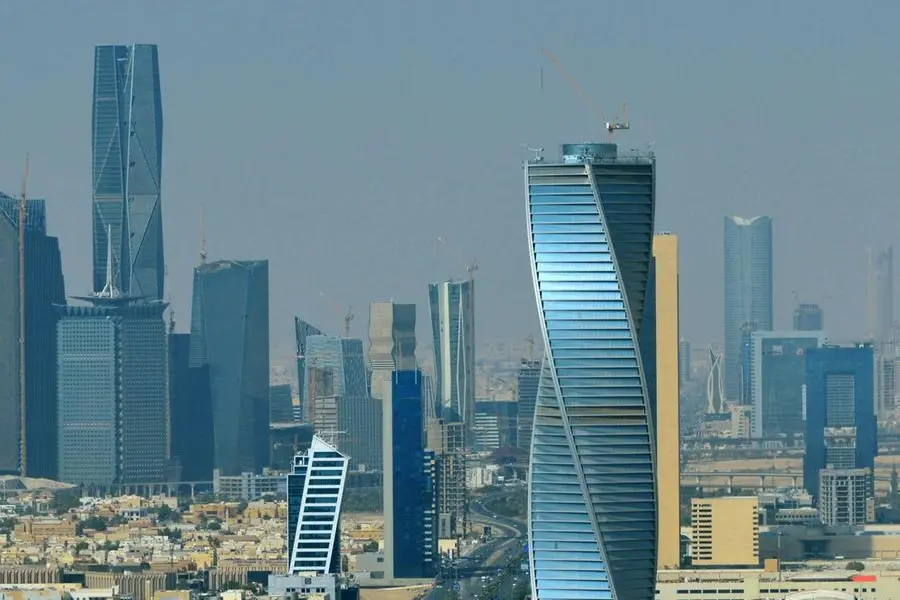PHOTO
A general view of Essar Oil UK’s Stanlow oil refinery near Ellesmere Port, Britain, September 27, 2021. Phil Noble, Reuters Image used for illustrative purpose.
LONDON - Europe’s gas inventories are accumulating at a record rate and are now significantly above the ten-year seasonal average as the region tries to protect itself against a possible disruption of supplies from Russia.
Abundant inventories have relieved some upward pressure on prices and are pushing calendar spreads into an increasingly steep contango as traders anticipate storage space will start to run out.
The rate of inventory accumulation will have to slow in the next few weeks, with more LNG cargoes routed to countries in East and South Asia instead.
In the futures market, the price premium for deliveries in the middle of next winter to Northwest Europe rather than Northeast Asia has already disappeared.
Gas stocks in the European Union and the United Kingdom (EU28) had risen to 556 terawatt-hours (TWh) on June 6 from a post-winter low of 291 TWh on March 19.
The rate of post-winter inventory accumulation (+266 TWh) is the fastest on record and far above the prior ten-year average (+181 TWh) at this point.
Stocks are now 27 TWh (+0.19 standard deviations) above the ten-year seasonal average having been 134 TWh (-1.40 standard deviations) below it in late January.
Based on seasonal movements over the last decade, inventories are on course to reach 959 TWh by the end of the summer storage season (with a likely range from 801 TWh to 1,080 TWh).
MODERATING INFLOWS
The expected post-summer storage is already above the ten-year average and the surplus is increasing steadily.
Europe has added inventories at an average rate of 4.73 TWh per day over the last fortnight compared with an average increase of just 3.63 TWh between 2012 and 2021.
The rate of inventory is unsustainable; there is simply not enough storage space for it to continue at this rate through until the start of the main heating season in October or November.
To moderate the inflow, futures prices for gas delivered to Northwest Europe in July 2022 have fallen to 80 euros per MWh, down from a high of 207 euros in early March, and the lowest since before Russia’s invasion of Ukraine.
Prices for deliveries in July 2022 (and other summer months) have fallen much faster than for deliveries in January 2023 (and other winter months).
As a result, the summer-winter calendar spread has sunk into a record contango of 14 euros per MWh, with traders anticipating storage space will start to run out and become increasingly expensive.
The relative softness of summer gas prices is also sending a signal to slow the pace of injections, increase gas-fired power generation and industrial use, and route more LNG cargoes to Asia.
Futures prices for Northwest Europe are now just 6 euros above those for Northeast Asia for deliveries in July 2022, down from 50 euros at one point in March, and there is no premium for deliveries in January 2023.
SEASONAL NOT STRATEGIC
Europe’s seasonal gas storage does not and cannot perform the same function as strategic petroleum storage by the United States and other members of the International Energy Agency.
There is not enough storage capacity to replace Russian imports for an extended period, so building seasonal inventories cannot fully protect Europe from a prolonged disruption of Russian gas deliveries next winter.
Supplies to Europe’s households and industrial users will remain at risk even if seasonal stocks reach a record high before next winter, which is why futures for January remain elevated and show no sign of falling.
But maximum seasonal storage will at least blunt some of the extreme downside risks to gas supplies and upside risks to gas prices.
It will also be very expensive – with the costs passed on to households and industrial users in the form of higher gas and electricity bills.
If next winter is only averagely cold and Russian gas supplies continue flowing, Europe will end the winter with an enormous overhang of gas in storage.
The result is likely to be a sharp fall in prices in late 2022 or the first half of 2023, which will eventually bring some relief to households and businesses.
In the meantime, the cost of gas and electricity is set to remain exceptionally high, and any relief in terms of bills may be delayed as gas and power suppliers recoup the costs of storing so much very expensive gas ahead of this winter.
John Kemp is a Reuters market analyst. The views expressed are his own
(Editing by Kirsten Donovan)





















